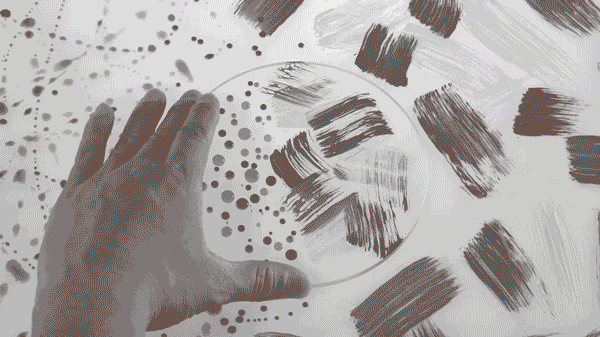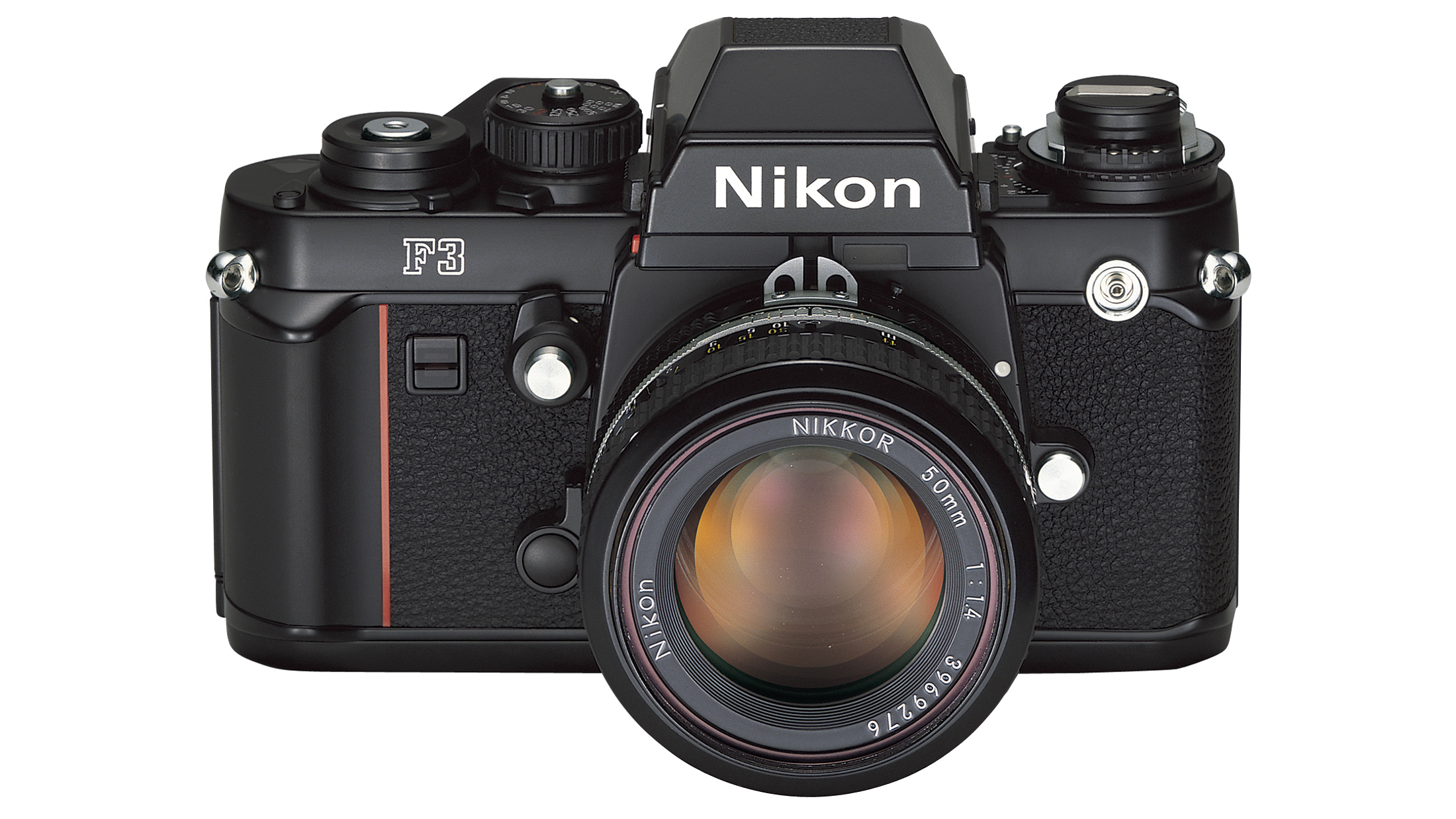THIS is why your camera lens needs a fluorine coating!
Wondering what a fluorine coating actually does for your camera lens? These videos explain why it's utterly invaluable

Ever wondered what the fluorine lens coating does on your optics? Why this has typically been a premium coating reserved for professional lenses, often costing thousands of dollars?
Simply put, a fluorine coating is a water- and oil-repellant that is applied to the front element of a lens to a) make it more resistant to liquid and particulates, b) make it easier to clean, and c) protect it from damage due to moisture, dirt, dust and fingerprints.
Not to be confused with fluoride (which protects your teeth from decay, but isn't so useful for protecting your camera lenses!) fluorine compounds repel other atoms. As such, fluorine is one of the key components in non-stick Teflon coatings for kitchen pans – and those same non-stick properties also apply when fluorine is coated on camera lenses.
Not only does this repel oil and moisture in the first place (so, for example, raindrops will slide off the lens element rather than forming droplets), it also makes stubborn particulates (such as fingerprints, mud or grease) much easier to wipe off. As you can see in these demonstration videos from Nikon and Tamron, the coating can protect lenses against everything from water drops to oil paint:
"The coating works in two ways – firstly, it reduces static electricity so that small particles are less likely to be attracted to, and become attached to, the surface. Secondly, it is 'hydrophobic' so it repels moisture and makes cleaning water drops, like rain, off a lens much easier."
That's the explanation from Canon, which introduced fluorine coatings on the Canon EF 70-300mm f4-5.6L IS USM after using it for years on low-pass filters for DSLR image sensors.
"Cleaning lenses that are coated with fluorine is much easier too. Often you'll find you only need a blower bulb and a soft, dry, cloth to remove any dust that has become attached. In fact, if you use a solvent to clean the lens you may find it harder because the coating will reduce the solvent to very small beads of liquid that are harder to wipe away.
Get the Digital Camera World Newsletter
The best camera deals, reviews, product advice, and unmissable photography news, direct to your inbox!
"The fluorine coating is applied over the top of other lens coatings and is added to both the front and rear lens elements as these are the ones most likely to come into contact with dirt."
So the next time you're wondering whether the extra cash is worth it for a fluorine lens coating, you'll know what you're getting!
Read more:
Dictionary of photography terms
Lens terminology translator
Best wide angle lenses
Best telephoto lenses
Best lenses for portraits
Best lenses for landscapes
Best macro lenses

James has 22 years experience as a journalist, serving as editor of Digital Camera World for 6 of them. He started working in the photography industry in 2014, product testing and shooting ad campaigns for Olympus, as well as clients like Aston Martin Racing, Elinchrom and L'Oréal. An Olympus / OM System, Canon and Hasselblad shooter, he has a wealth of knowledge on cameras of all makes – and he loves instant cameras, too.


